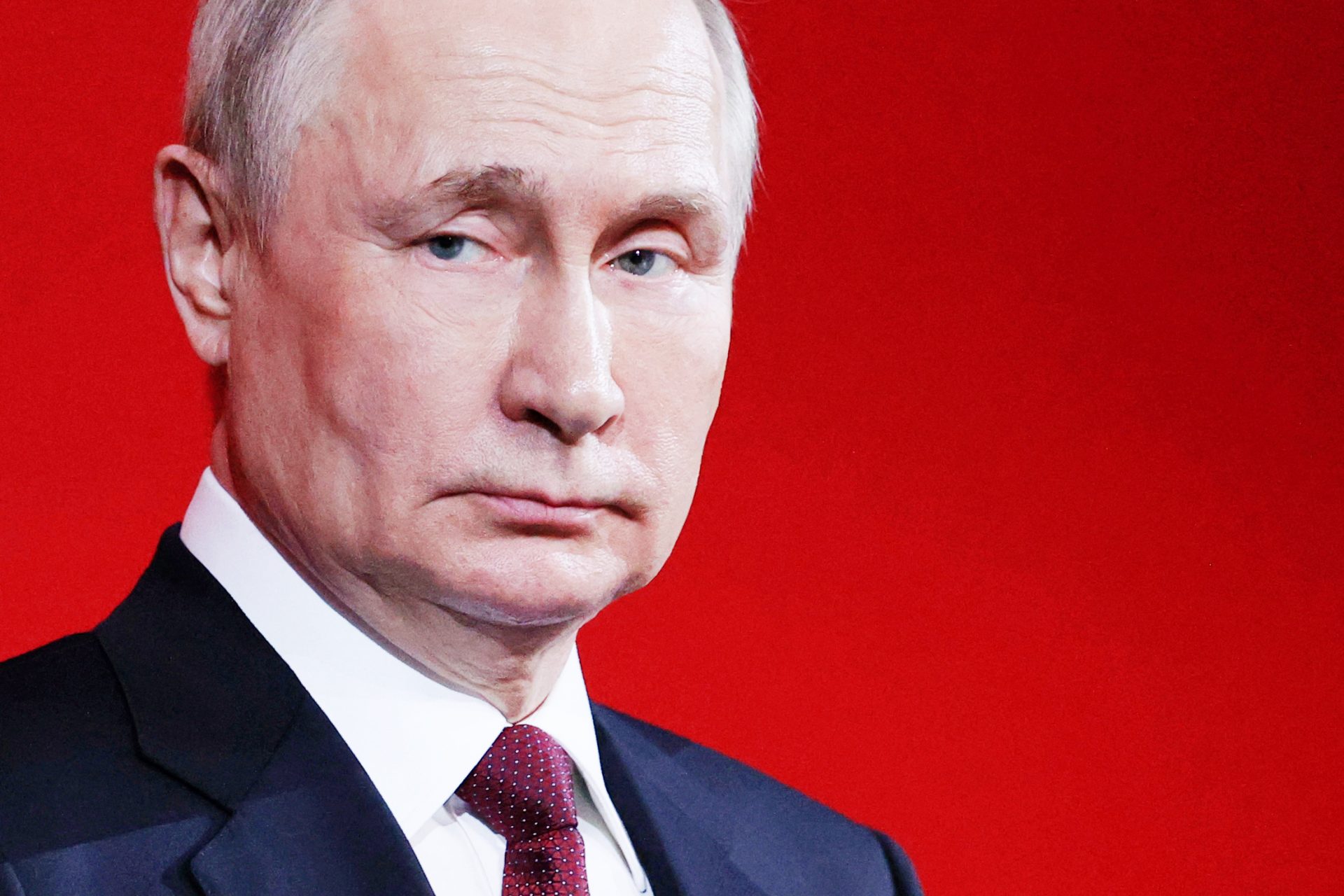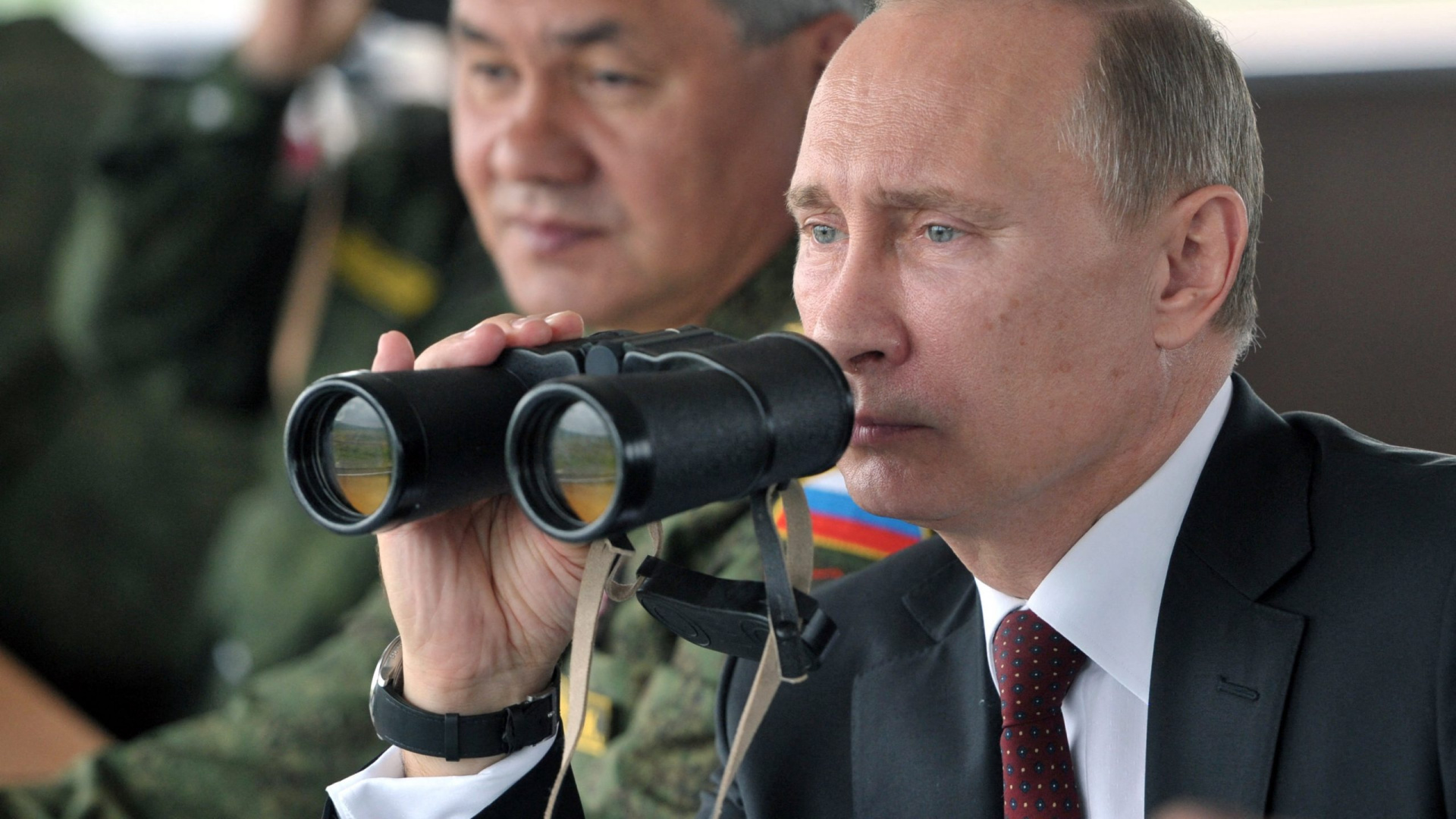China’s military drills near Taiwan provide a serious warning for the world
Three days of intense Chinese military drills simulating the encirclement of Taiwan have fundamentally changed the strategic situation in the Asian Pacific, but what happened and why should it matter to you?
The Chinese government’s ire was prompted by the visit of President Tsai Ing-wen to the United States, a situation they saw as a provocation since Taiwan is not considered an independent nation but rather a part of the mainland under the One China Policy.
“If she contacts US House speaker McCarthy, it will be another provocation that seriously violates the one-China principle, harms China’s sovereignty and territorial integrity, and destroys peace and stability in the Taiwan Strait,” said Zhu Fenglian of Taiwan's President.
Fenglian is a representative of China’s Taiwan Affairs Office and noted that her country was firmly opposed to a high-level meeting between Taiwan’s President and American officials, adding that China would “definitely take measures to resolutely fight back.”
The warning wasn't a bluff and shortly after Tsai Ing-wen returned home from her visit to the United States, China’s People’s Liberation Army launched an intense three-day military drill that simulated an attack on their island neighbor.
“In a clear display of military might, dozens of Chinese military aircraft flew across the median line of the Taiwan Strait,” wrote Willian Yang of DW News.
Chinese fighter jets and naval units conducted a series of simulated strikes against important targets in Taiwan according to Yang, and it was later confirmed that a Chinese carrier group was operating in the Western Pacific during the exercise.
“The development has raised concerns among local experts that China may now be able to launch an attack on Taiwan from the east, threatening the democratically governed island's ability to preserve its military capabilities,” Yang added.
Having an aircraft carrier and its accompanying escort to the east of Taiwan could prove extremely problematic in a time of war between China and Taiwanese military forces.
Photo by Tyg728, Own Work, Wiki Ccmmons
In the event of war, Taipei would rely heavily on American support much in the same way Ukraine is relying on American weapons and ammunition. If China could cut the vital sea link between the United States and Taiwan, it could prove disastrous for the island nation and force America to choose between peace or conflict.
“In the future if there’s a similar military maneuver, then Taiwan will have to face it alone,” Institute for National Defense and Security Research’s Han Gan-ming explained to the Associated Press.
The three days of drills were codenamed Operation Joint Sword and revealed just how powerful China’s military forces have become in the Asian Pacific as well as the firepower and logistical strengths China could bring to bear against Taiwan.
"It's a clear example of the spectrum of options available to Beijing to pressure Taiwan," independent security analyst Ben Lewis explained to DW News.
China’s state media confirmed that the People’s Liberation Army flew its H-6 nuclear-capable bombers armed with live missiles and a Reuters report noted that a total of 91 other aircraft and 12 ships took part in Operation Joint Sword.
After Operation Joint Sword was completed, Chinese military authorities issued a statement according to Huizhong Wu of the Associated Press asserting that their troops were to fight at any time to stop any further moves toward Taiwan’s independence.
“The theater’s troops are ready to fight at all times and can fight at any time to resolutely smash any form of ‘Taiwan independence’ and foreign interference attempts,” the Associated Press reported.
Even though the military drills have ended, some Chinese naval vessels are still carrying out harassment missions around Taiwan according to the country’s Defense Ministry spokesperson Sun Li-fang.
"We strongly condemn these deliberately threatening and provocative actions that destroy the regional peace and stability,” Sun said, though it appears as if China’s more aggressive stance in the Asian Pacific region isn’t going to stop anytime soon.
More for you
Top Stories































